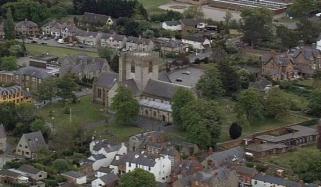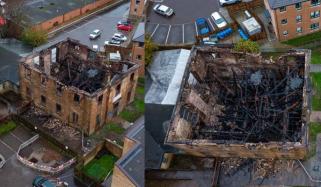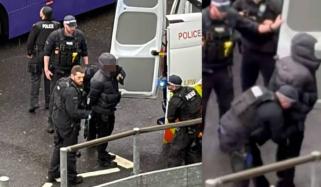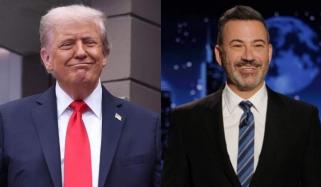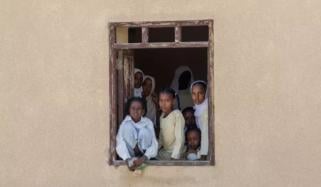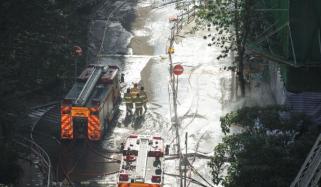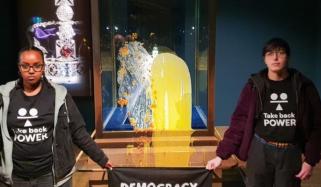Peru has erupted in chaos as protests all over the country against President José Jerí, who took over as interim president last week, turned deadly.
Prime Minister Ernesto Alvarez said on Thursday, October 16, that the government will declare a state of emergency in Lima within hours after at least one person was killed and dozens of police officers were injured in the Gen Z-led demonstrations.
The protest on Wednesday night, called by young protestors, transport workers and civil groups, was the latest in a series of demonstrations against corruption and rising crime, which also forced former president Dina Boluarte out last Thursday.
Thousands of protesters amassed around the country, with hundreds clashing with police outside Congress in Lima. Police fired teargas while some protesters hurled fireworks, rocks and burning objects.
A 32-year-old man, Eduardo Mauricio Ruiz, was killed during the protest. Peru's prosecutor's office said Ruiz died after being shot.
Jerí expressed regret over Ruiz's death in a post on X, saying the death would be "objectively" investigated. He blamed violence on "delinquents who infiltrated a peaceful demonstration to sow chaos".
After attending a meeting about the protests on Thursday afternoon, Jerí said he would ask Congress for "authority to legislate on public safety issues".
Jerí said one focus would be prison reform but did not elaborate on what those powers would actually entail.
Vicente Tiburcio, the newly appointed interior minister, noted that 89 police and 22 civilians had been injured during the protest and 11 people were detained.
Wednesday's protests might have been a preview of how Jerí's nascent presidency, which ends next July due to scheduled elections, could play out.
The 38-year-old has promised to make crime his top priority but has faced a number of scandals, including corruption allegations and a now-shelved investigation for sexual assault.
He has denied wrongdoing in both cases and expressed willingness to cooperate with any corruption investigation.

